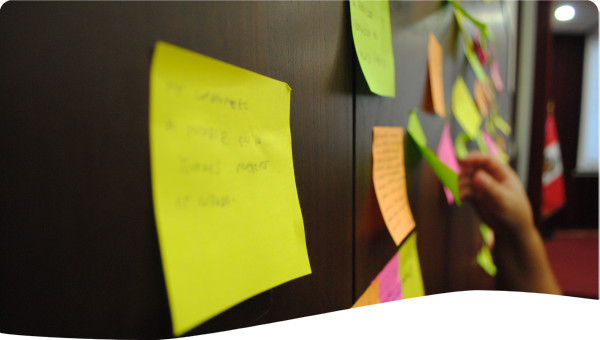Book chapter in Handbook of Disaster Risk Reduction for Resilience, pp 261–278
Resilience partnerships have become the new norm in disaster risk reduction and resilience (Action and the Sendai Framework for Disaster Risk Reduction 2015–2030 (Sendai Framework)). The International Strategy for Disaster Reduction partnership, facilitated by the UN Office for Disaster Risk Reduction (UNDRR), specifically advocated for an inclusive, multi-stakeholder and shared responsibility approach to disaster resilience and risk reduction. Consequently, an ample selection of collaborative partnership between different levels of government, and between governments and business and civic sectors, has blossomed across the world. Whilst the need for multi-stakeholder cooperation is undeniable, such partnership are, however, often either ad hoc and reactive in nature or principally limited to sharing of information and good practices. Hence, whilst useful, in a sense of developing capabilities in resilience, partnerships should be more long term and concrete and have a clear value proposal throughout the entire life cycle of disasters.
 Resource -
Resource -
